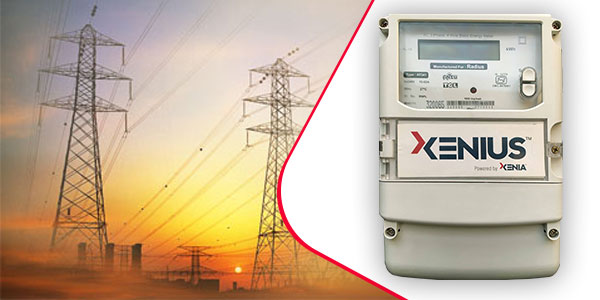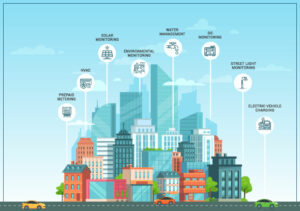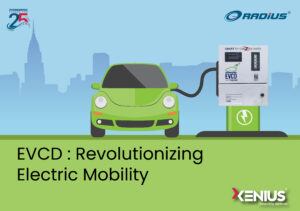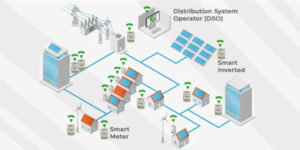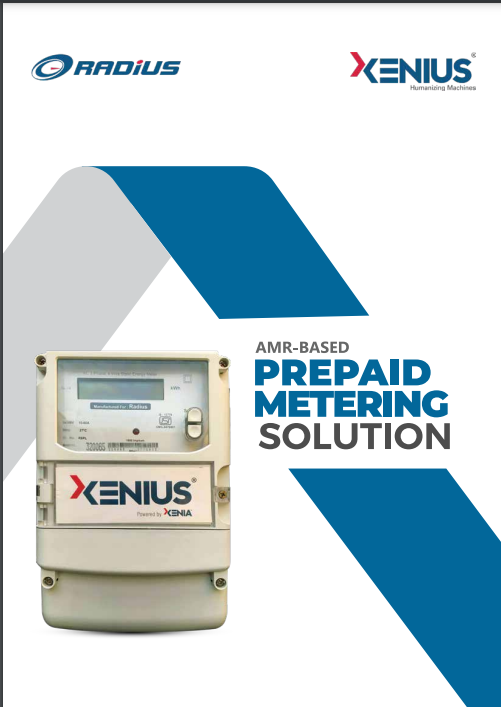The real estate industry is witnessing a plethora of changes in terms of the regulations, market dynamics, consumer expectations and transparency. On a larger landscape, all these changes are extremely important and expected to help all the stakeholders in a holistic perspective. These should also help in bringing some good amount of formalization to this industry, which per-say has been tagged as somewhat unorganized. Crossing this chasm could be somewhat challenging from multiple aspects for several players. One such area of attention and importance is Prepaid Smart Metering.
To provide some background to Pre-paid Smart Metering, the township has a single point connection from utility along with its energy meter for recording the consumption at the township level and pay the bills as and when raised by the utility company. All internal supply distribution, measurement, management, reconciliation, revenue collection and all related activities are the responsibility of the management agencies and the consumer has to buy electricity in advance with respect to his/her requirements and consume it. Without an efficient, scalable and reliable system, this could be a nightmare in terms of management and a huge revenue risk too. To make all this run smooth, consumers have to go in for pre-paid electricity. This is well within the regulatory framework and guidelines to this aspect have been issued by Central Electricity Authority (CEA).
Going by the defined regulations and standards as well as taking into account the recently introduced Real Estate Regulation Act (RERA), any Pre-paid Smart Metering solution should be meeting some minimum basic criteria. The top ten important points related to this are:
- All internal energy meters to be installed for individual consumers or in common areas where revenue needs to be linked to the consumption should be BIS:13779 certified.
- The tariffs to be charged for utility grid electricity consumption gets governed by the utilities billing tariff along with the additional CEA guidelines for pre-paid electricity.
- Mandating a Pre-paid system is not a must and is a choice for consumers. Even in the same township, few consumers can get post-paid connection and few can opt for prepaid electricity connection. The solution being implemented should be able to cater to both such facility.
- The revenue and accounting management system should be able to handle the accounting of utility electricity charges, Back-up Diesel Generator tariff and CAM charges independently and debit the consumers accordingly.
- Providing a detailed monthly bill to the consumer providing various details related to grid and DG supplies, consumption, charges, etc. is a must.
Electricity meter being under mandatory certification as well as metering and billing under regulatory guideline, with advent of RERA, compliance with respect to metering solution has gained utmost importance, and selection of the solution should be critically examined as on later date any issue pertaining to compliance may lead to dispute. - The solution provider should be able to provide the required backup and support for five years as defined under the defect liability period of RERA.
For consumer transparency, additional features like in-home consumption display and mobile apps are becoming a must. - As trading of electricity is prohibited as per The Electricity Act 2003, maintaining the accounts with respect to billed revenue units and getting it audited by chartered accountant annually has also been mandated. To arrive at a transparent system, energy accounting for Common Area Power(CAP) has become necessary now, which was earlier dealt with Common Area Maintenance charges.
- Some of the utilities have fixed upper cap for T&D loss and internal maintenance over and above the normal tariff with up to 5% limit. This 5% limit is said to be up to, hence any over and above tariff charged from consumers must be transparent and auditable.
Any Prepaid Smart Metering solution being opted for should be having the required features and capabilities that can help fulfill the above important requirements along with the conventional functionalities so that the system is able to handle the growing demands on all such and related aspects.
This eliminates consumption-related grievances and complaints. This is important because India is going towards 24 x 7 supply and increase in hour of supply also increases consumer spend on energy. Flexible account charging options like online web, coupons and electronic wallets for mobile payment are supported for consumer convenience.


